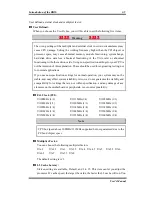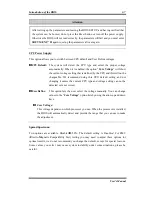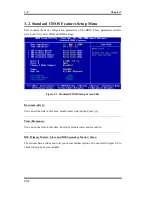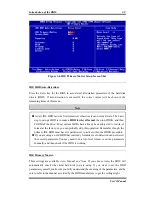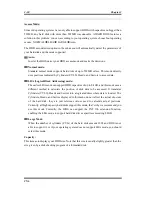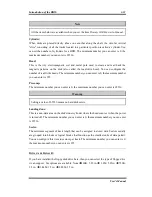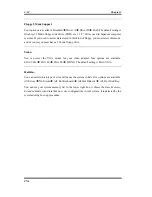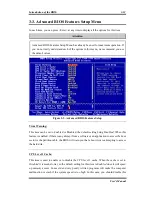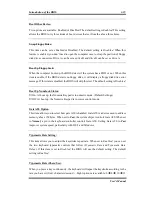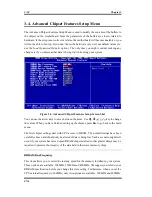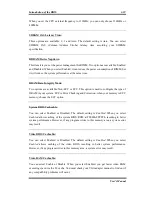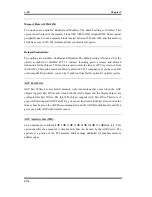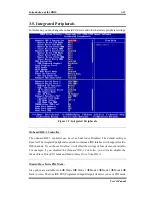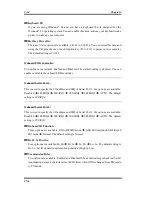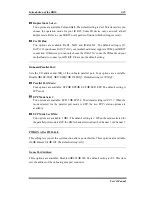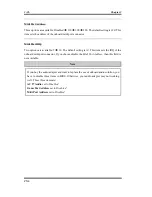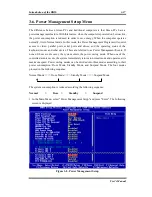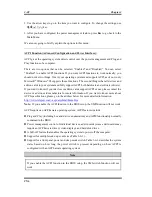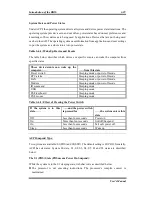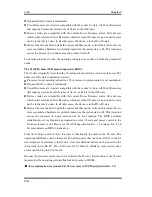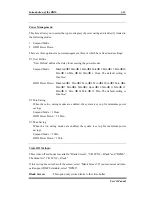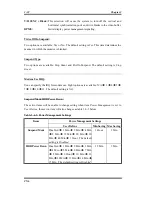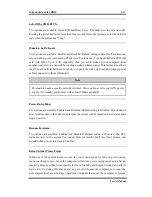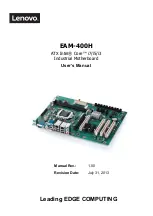
Introduction of the BIOS
3-19
User’s Manual
When you set the CPU external frequency to 133MHz, you can only choose 356MHz or
400Mhz.
SDRAM CAS Latency Time:
Three options are available: 2, 3 and Auto. The default setting is
Auto
. You can select
SDRAM CAS (Column Address Strobe) latency time according your SDRAM
specification.
RDRAM Device Napdown
This item lets you set the power management for RIMM. Two options are available: Enabled
and Disabled. When you select Enabled, it can reduce the power consumption of RIMM, but
it will reduce the system performance at the same time.
DRAM Data Integrity Mode:
Two options are available: Non-ECC or ECC. This option is used to configure the type of
DRAM in your system. ECC is Error Checking and Correction, when your memory is ECC
memory, choose the ECC option.
System BIOS Cacheable:
You can select Enabled or Disabled. The default setting is
Enabled
. When you select
Enabled
allows caching of the system BIOS ROM at F0000h-FFFFFh, resulting in better
system performance. However, if any program writes to this memory area, a system error
may result.
Video BIOS Cacheable:
You can select Enabled or Disabled. The default setting is
Enabled
. When you select
Enabled
allows caching of the video BIOS, resulting in better system performance.
However, if any program writes to this memory area, a system error may result.
Video RAM Cacheable:
You can select Enable or Disable. When you select Enabled, you get faster video RAM
executing speed via the L2 cache. You must check your VGA adapter manual to find out if
any compatibility problems will occur.
Summary of Contents for CX6
Page 2: ......
Page 78: ...3 44 Chapter3 CX6 ...
Page 84: ...B 4 Appendix B CX6 ...
Page 90: ...D 4 Appendix D CX6 ...
Page 96: ...E 6 Appendix E CX6 ...
Page 104: ...G 4 Appendix G CX6 ...
Page 110: ...H 6 Appendix H CX6 ...

